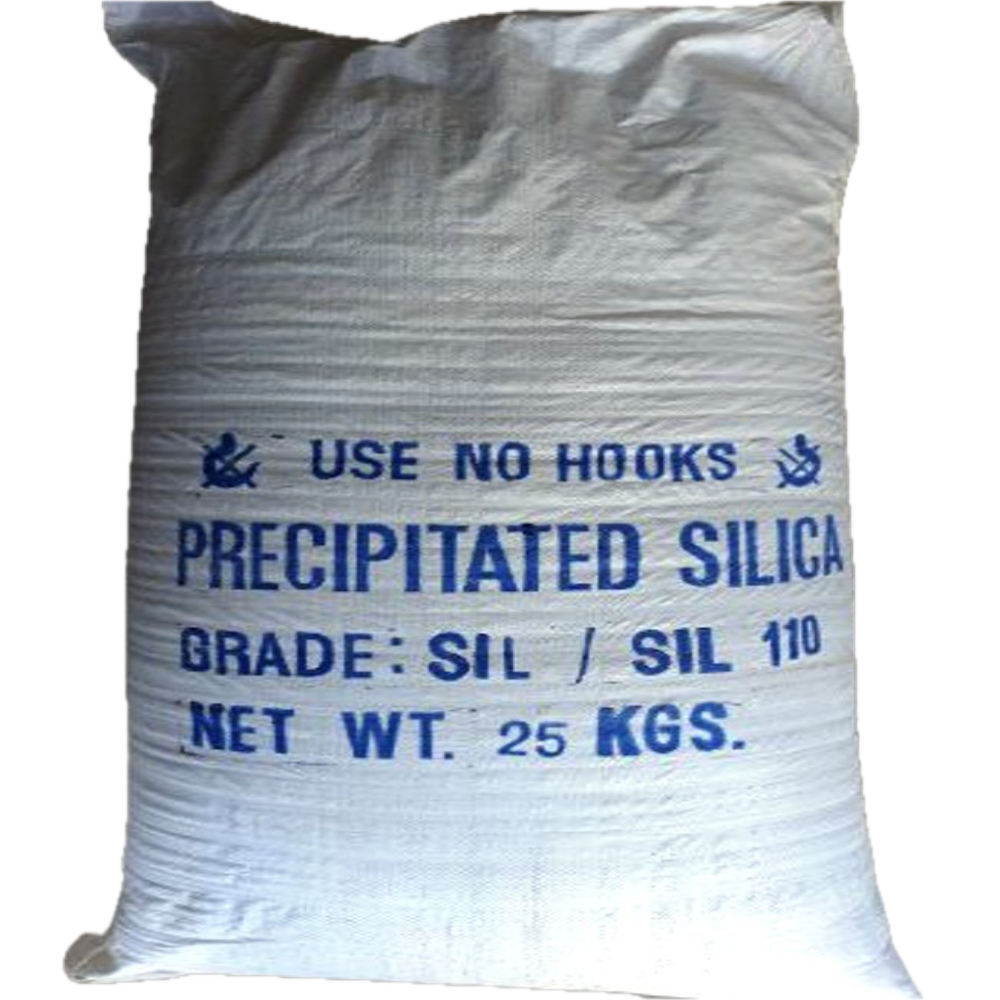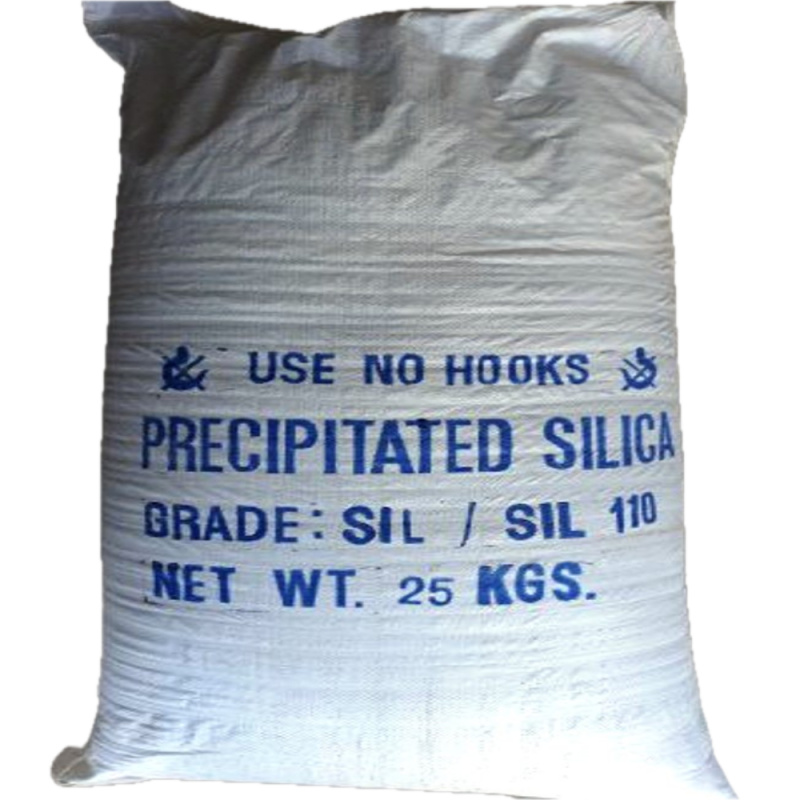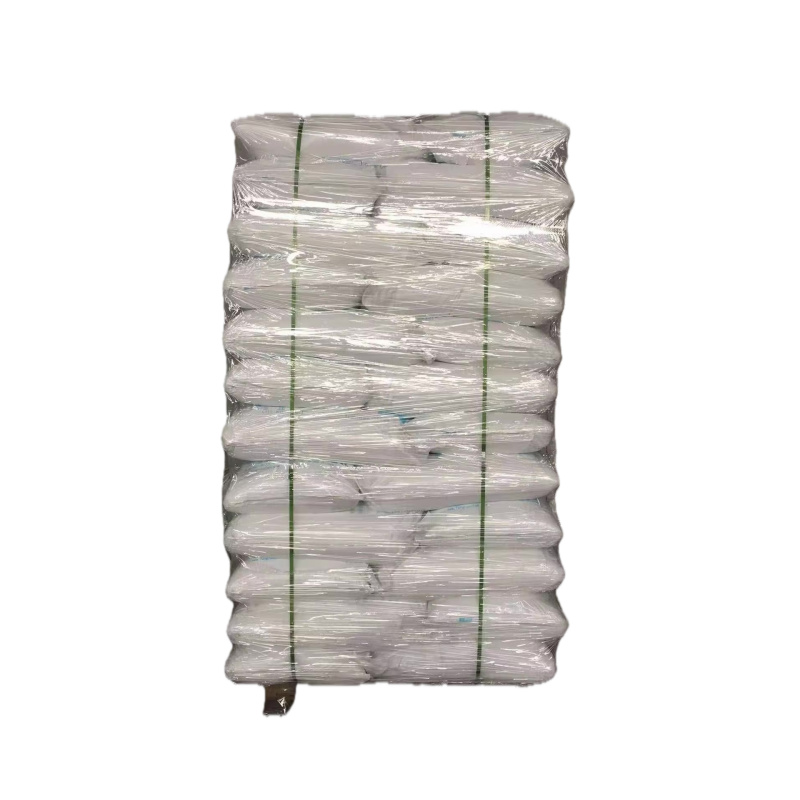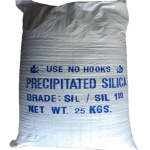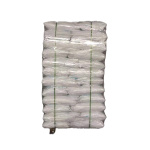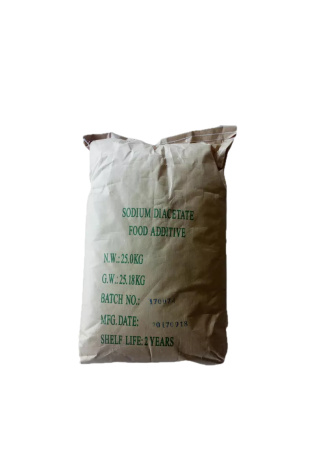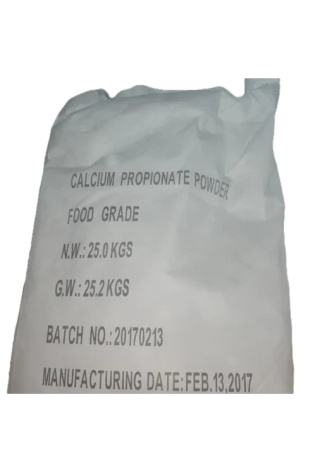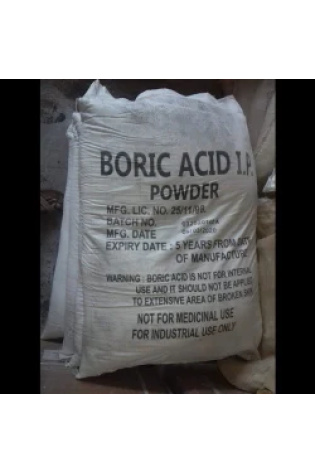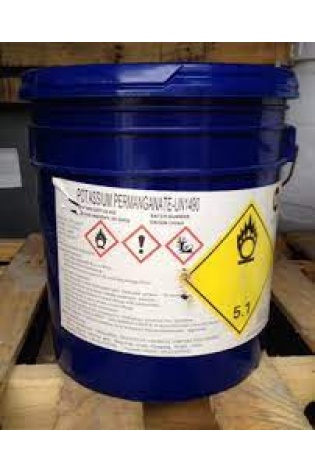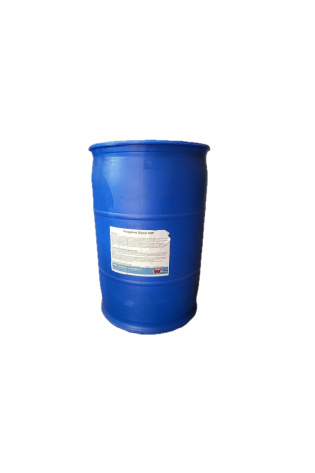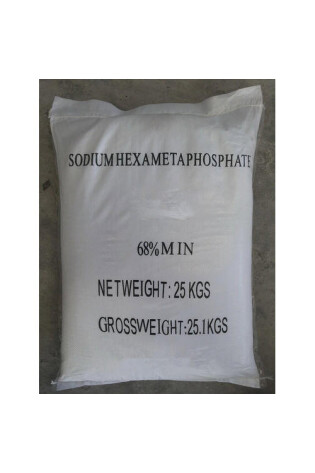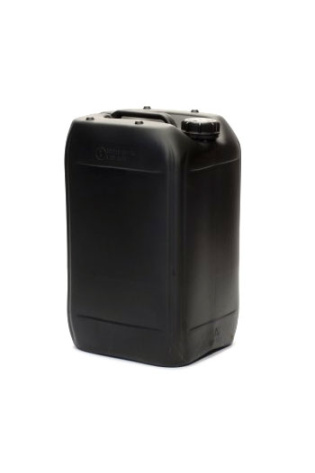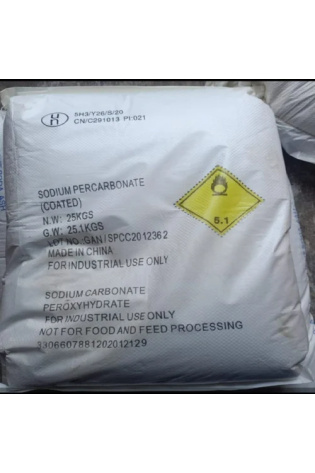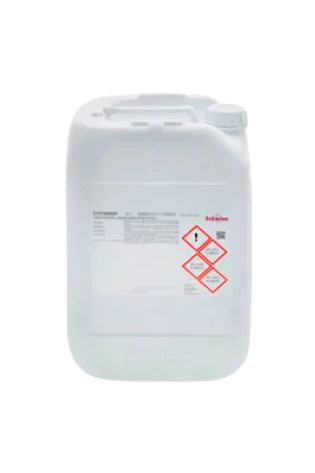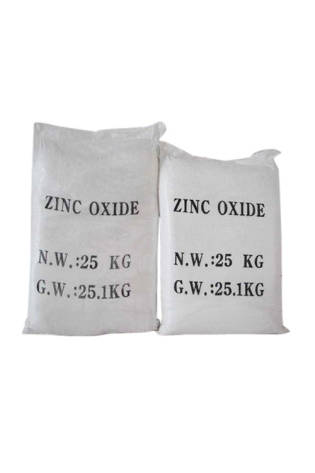Precipitated Silica
Precipitated silica is used across industries as an anti-caking agent, thickener, reinforcing filler, and absorbent. Key uses include improving tire and rubber product durability, acting as a free-flow agent in food and chemicals, enhancing oral care products like toothpaste, serving as an absorbent in cosmetics, and providing a matte finish in paints and coatings.
Precipitated Silica
In manufacturing and industrial applications:
Rubber: Used to enhance strength, abrasion resistance, and tear strength in tires, shoe soles, belts, and other rubber products.
Paints and Coatings: Acts as a flatting (matte) agent to reduce gloss and as a thickening agent.
Adhesives and Sealants: Serves as a reinforcing and thickening agent for viscosity control.
Plastics: Functions as a performance-enhancing filler and anti-caking agent.
In consumer products:
Toothpaste: Provides cleaning, polishing, and thickening effects.
Food and Beverages: Used as an anti-caking agent, free-flow agent, absorbent, and defoamer.
Cosmetics: Absorbs liquids and acts as a thickening agent in various personal care products.
In agriculture and chemicals:
Pesticides/Herbicides: Used as an anti-caking agent and carrier due to its fine particle size.
Powdered Products: Prevents clumping and improves flow in powdered agricultural chemicals, food, and pharmaceuticals.
Oral care and cosmetics
In personal care products, precipitated silica serves several functions due to its abrasive and absorbent properties.
Toothpaste: Different grades of silica act as abrasives to clean and polish teeth effectively and as thickening agents to control the viscosity and texture of the paste.
Cosmetics: It is used as an absorbent in face powders and creams to control shine and as a thickener in lotions and gels. Its mild abrasive qualities also make it useful in exfoliating products.
Absorbent: In deodorants and antiperspirants, it helps to absorb moisture.
Paints, coatings, and inks
The matting and thickening properties of precipitated silica are leveraged in liquid formulations.
Matting agent: It creates a matte or satin finish on surfaces by creating microscopic surface roughness.
Thickener and rheology modifier: It prevents pigments and fillers from settling and provides viscosity control in paints, coatings, adhesives, and sealants.
Anti-corrosion pigment: Specialized grades are used to enhance the environmental performance of paints.
Other industrial uses
Plastics: It functions as a reinforcing filler and anti-blocking agent to prevent plastic films from sticking together.
Agriculture: Its high absorptive power makes it a carrier for pesticides and an anti-caking agent for animal feed.
Papermaking: Used to reduce the amount of tit
Precipitated Silica
